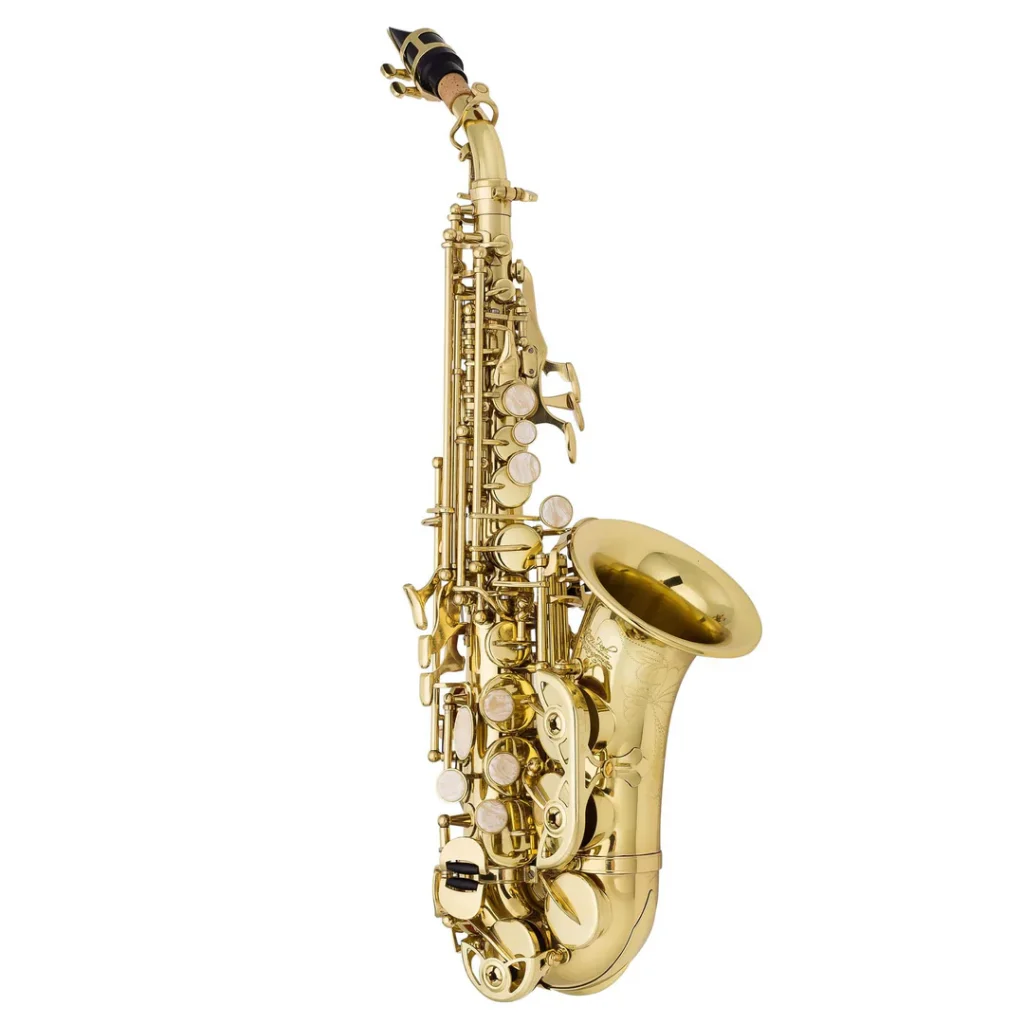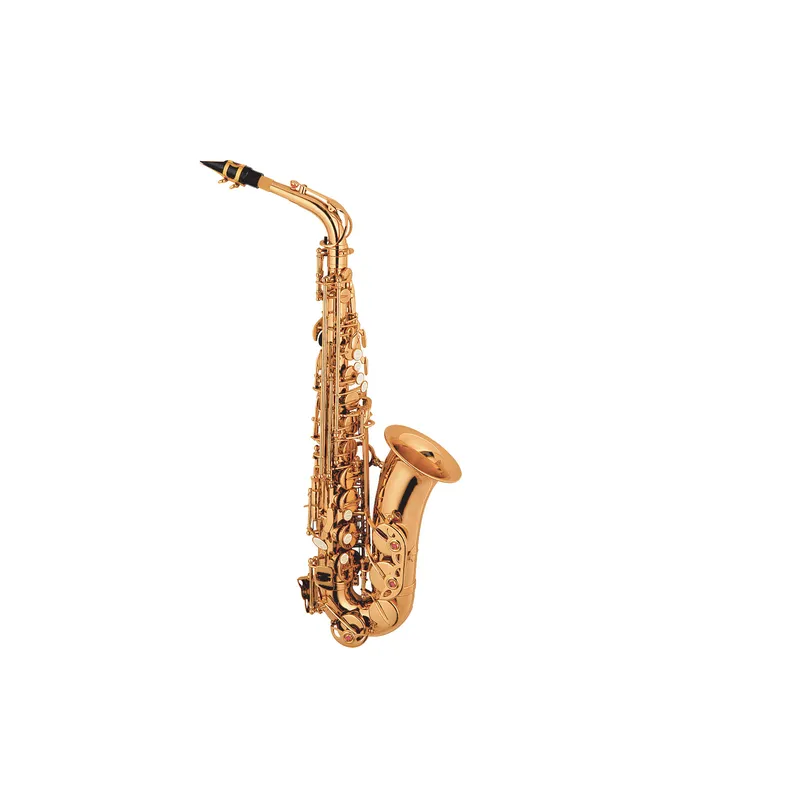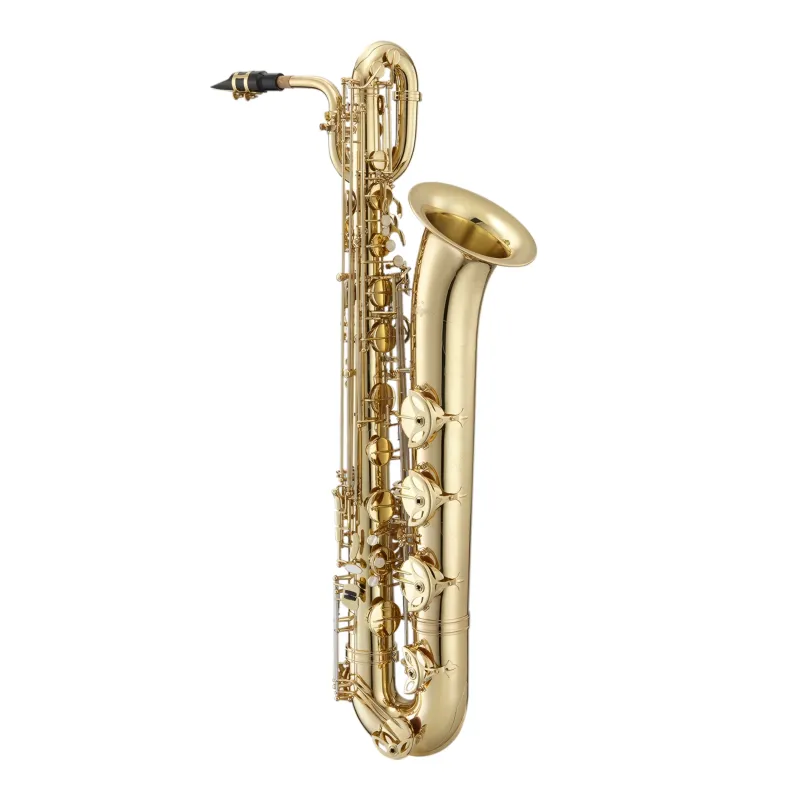You can buy a saxophone from online music stores, wholesale instrument suppliers, local music shops, or second-hand markets. For individual beginners and band players, online retailers and local stores offer convenient options. Music schools, distributors, and professional buyers often prefer B2B suppliers because they need stable pricing, bulk availability, and consistent quality. Among online B2B platforms, BeatBulk is one option for buyers who need factory-direct saxophones, OEM services, or long-term wholesale supply. Whether you are purchasing a single unit or sourcing instruments in volume, choosing a reliable supplier helps ensure better quality control, after-sales support, and a smoother buying experience.
Principaux enseignements
- You can buy a saxophone from online music stores, wholesale suppliers, local music shops, second-hand markets, and brand-authorized distributors.
- Your best choice depends on your budget, skill level, and purpose.
- Wholesale buying is ideal for distributors, schools, and retailers due to its bulk pricing and stable supply.
- Beginners should choose a reliable entry-level model from a trusted store, not the cheapest option.
- Before purchasing, familiarize yourself with the primary types of saxophones, their corresponding price ranges, and key factors to consider when evaluating product quality.
Table des matières
- Why Buying the Right Saxophone Matters
- Where Can I Buy a Saxophone?
- How Much Is a Saxophone?
- How Many Types of Saxophones Are There?
- What to Consider Before Buying a Saxophone
- Saxophone Price Comparison Table
- Best Places to Buy Saxophones by Buyer Type
- How to Avoid Low-Quality Saxophones
- FAQs
- Conclusion
- Références
Why Buying the Right Saxophone Matters
The saxophone is one of the most expressive and versatile instruments in music. It appears in jazz bands, wind ensembles, marching bands, and modern pop music. But the sound quality, tuning stability, and long-term durability all depend on buying the right instrument from the right source.
- For beginners, buying a poor-quality saxophone can make learning difficult.
- For schools and bands, consistency and reliability matter.
- For distributors, stable supply chains and product standards are essential.
This guide explains every option clearly so that you can buy confidently.
Where Can I Buy a Saxophone?
Buying a saxophone today is easier than ever, but the number of choices can also be overwhelming. Below are the five main buying channels.
1. Online Music Stores
Online stores offer the largest variety and the most competitive pricing. Many people prefer this option because they can compare different brands, read reviews, and check specifications from home.
Pros:
- Large selection
- Competitive prices
- Easy comparison
- Convenient delivery
Cons:
- You cannot test the instrument before buying
- Quality varies by seller
- Return policies may differ
If you need a fast purchase with wide choices, online stores are a good option.
2. Wholesale Saxophone Suppliers
Wholesale suppliers offer stable pricing, bulk discounts, and customizable orders. Many factories allow OEM and ODM services, making them suitable for private-label brands. Wholesale suppliers are ideal for:
- Distributors
- Music stores
- Schools
- Band programs
- Government bidding projects
Pros:
- Best price for bulk orders
- Consistent product quality
- OEM/ODM support
- Long-term cooperation
- One-stop supply for saxophones and other instruments
Cons:
- Usually requires a minimum order quantity
- Not ideal for individual beginners buying only one unit
If you need business-level supply, this is the most reliable option.
3. Local Music Shops
Local music stores continue to be a popular choice for beginners and students.
Pros:
- Test instruments before buying
- Staff can offer guidance
- Repair services available
Cons:
- Smaller selection
- Usually higher prices
- Limited inventory
This option is best for players who want hands-on testing.
4. Second-Hand Marketplaces
Used saxophones can be cheaper, but they also require careful inspection.
Common second-hand sources:
- Facebook Marketplace
- Craigslist
- Local school programs
- Music forums
- Pawn shops
Pros:
- Lower price
- Vintage models available
Cons:
- Hidden damage possible
- No warranty
- May require repair
If you know how to assess instrument condition, this can be a good deal.
5. Brand-Authorized Dealers
Some buyers want guaranteed authenticity. Authorized dealers sell official products from major brands like Yamaha, Selmer, or Yanagisawa.
Pros:
- 100% genuine products
- Professional support
- Strong warranty
Cons:
- Most expensive option
Good for professionals or advanced players.
How Much Is a Saxophone?
Saxophone price depends on the brand, material, workmanship, and target player level. Beginners usually pay the least, while professionals may need high-end handcrafted models. Wholesale buyers often get special pricing.
For a deeper price breakdown, you can check this complete guide ici.
How Many Types of Saxophones Are There?
There are mainly four types de saxophones used worldwide. Each saxophone has a unique tone and role.
1. Saxophone soprano
- Size: Small
- Clé : B♭
- Sound: Bright and penetrating
- Best for: Jazz solos, small ensembles

2. Alto Saxophone
- Size: Medium
- Key: E♭
- Sound: Warm and flexible
- Best for: Beginners, schools, concert bands
The alto saxophone is the most common worldwide.

3. Tenor Saxophone
- Size: Larger than alto
- Clé : B♭
- Sound: Rich, deep, and wide
- Best for: Jazz, pop, marching band

4. Baritone Saxophone
- Size: Very large
- Key: E♭
- Sound: Deep, powerful bass
- Best for: Wind ensembles, jazz big bands

5. Other Rare Types
- Sopranino Sax
- Bass Sax
- Contrabass Sax
These are less common and mostly used by collectors or advanced players.
What to Consider Before Buying a Saxophone
Whether buying online, wholesale, or in-store, check these factors:
1. Material
Most saxophones are made from brass. Some have special finishes like gold lacquer, silver plating, or matte surfaces. These affect aesthetics and durability.
2. Key Mechanism
Good keywork should feel smooth and quick. Poor-quality keys slow the player down and make learning difficult
3. Intonation Stability
A well-made saxophone should play in tune across all registers.
4. Warranty
Choose sellers offering repair support or warranty services.
5. Buying in Bulk vs Buying Single Units
Distributors and schools benefit greatly from wholesale purchasing, while beginners should start with a single reliable instrument.
Saxophone Price Comparison Table
| Saxophone Type | Beginner Price Range | Intermediate Price | Professional Price | Typical Buyers |
|---|---|---|---|---|
| Soprano Sax | $200–$600 | $600–$1,500 | $2,000–$5,000+ | Jazz players, ensembles |
| Alto Sax | $180–$800 | $800–$2,000 | $3,000–$7,000+ | Beginners, schools |
| Tenor Sax | $220–$900 | $900–$2,500 | $3,500–$8,000+ | Bands, professionals |
| Baritone Sax | $800–$2,500 | $2,500–$5,000 | $6,000–$12,000+ | Big bands, orchestras |
Best Places to Buy Saxophones by Buyer Type
For Beginners
- Local music shops
- Reliable online stores
- Beginner-friendly models from trusted suppliers
Avoid ultra-cheap, unknown brands.
For Music Schools
- Wholesale suppliers with stable stock
- Brands offering educational packages
Schools often buy alto and tenor saxophones in bulk.
For Bands
- Mid-range to professional-level instruments
- Trusted online stores
- Brand-authorized dealers
Pour les distributeurs d'instruments de musique
- Factory-direct wholesale partners
- OEM/ODM service providers
- Long-term suppliers offering a full line of saxophone à vendre
How to Avoid Low-Quality Saxophones
- Check reviews before buying
- Avoid unbranded sellers
- Look for stable key action
- Examine finish quality
- Compare full specifications
If the price seems too good to be true, the instrument may have tuning or structural issues.
FAQs
1. How long does it take to learn the saxophone?
Most beginners can play simple songs within 2–3 months.
To reach the intermediate level, expect 1–2 years of consistent practice.
2. How to clean a saxophone?
- Use a saxophone swab to clean moisture from inside the body
- Wipe down the exterior with a soft cloth
- Remove the mouthpiece after each practice
- Store the saxophone in a dry case
3. How to clean a saxophone mouthpiece?
- Use warm (not hot) water
- Use a soft brush
- Avoid boiling water, which can damage the material
- Dry completely before use
4. How to polish a saxophone?
- Use a microfiber polishing cloth
- Avoid household cleaners
- Use only products designed for brass
- Do not apply polish to pads or corks
5. How to tune a saxophone?
- Adjust by sliding the mouthpiece slightly in or out
- “In” raises pitch
- “Out” lowers pitch
- Warm up for 5 minutes before tuning
- Use a tuning app or electronic tuner
Conclusion
Buying a saxophone is a major decision, whether you are a beginner, a music school, a band leader, or a distributor. The best buying choice depends on your needs. Beginners may prefer local shops or reputable online stores. Schools and distributors often benefit more from wholesale suppliers. Professionals may choose brand-authorized stores.
By understanding price ranges, the different types of saxophones, and what to look for in quality, you can make the right purchase with confidence.
If you need reliable saxophone supply for wholesale, OEM, or school distribution, our team can help.
Contact us for catalogs, samples, and factory-direct pricing designed for long-term partnerships.
Références
- Global Music Education Surveys
- 2024–2025 Saxophone Manufacturing Reports
- International Band Instrument Retail Data
- Music Teacher Association Equipment Guide







